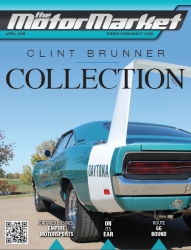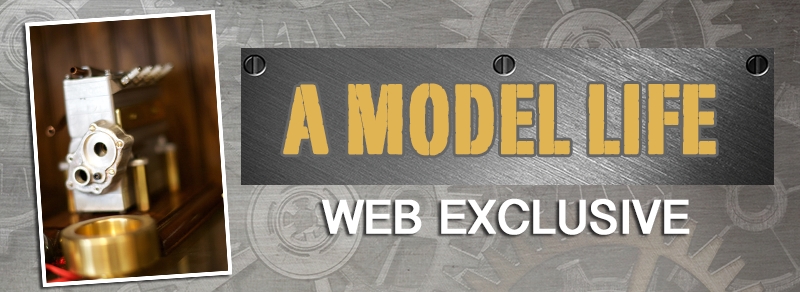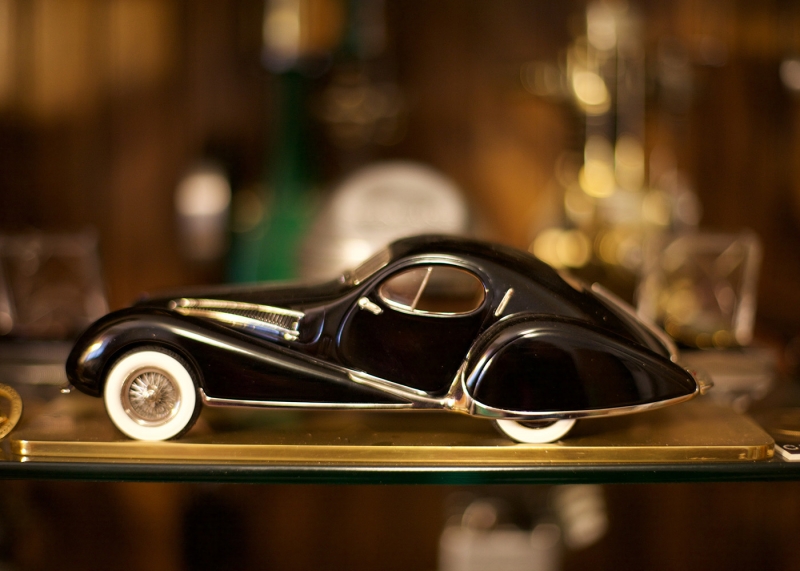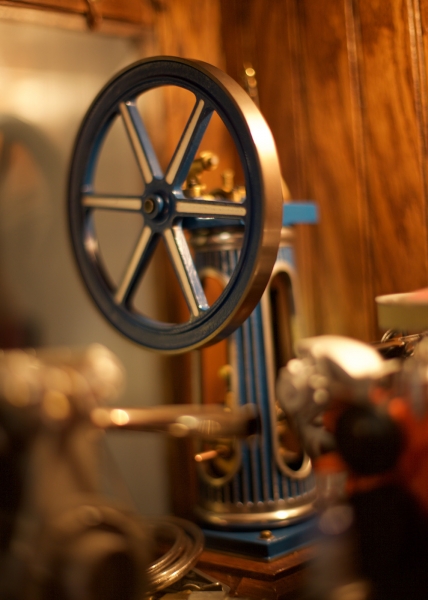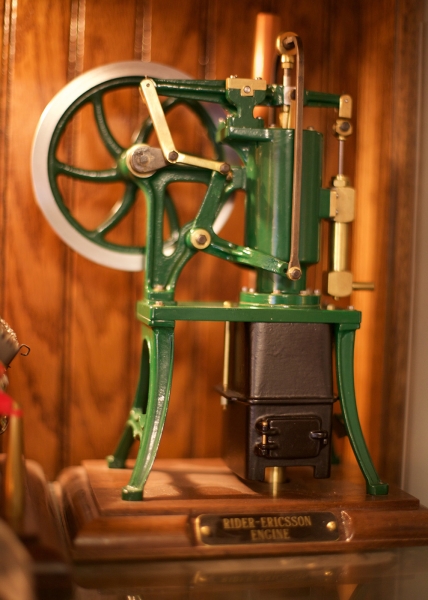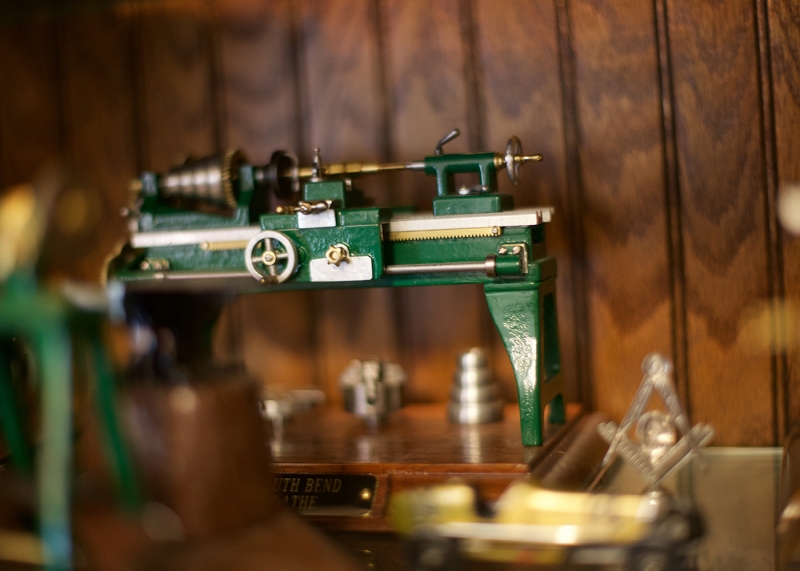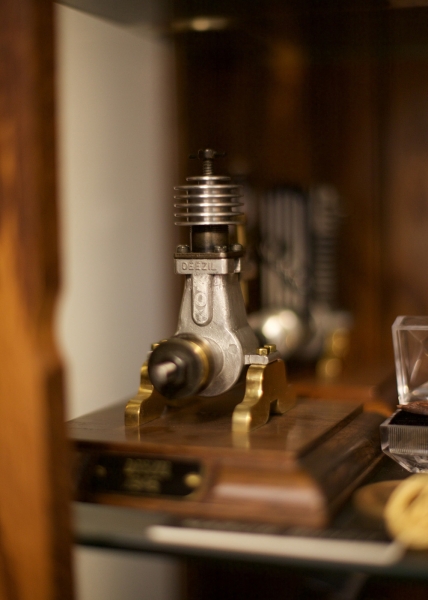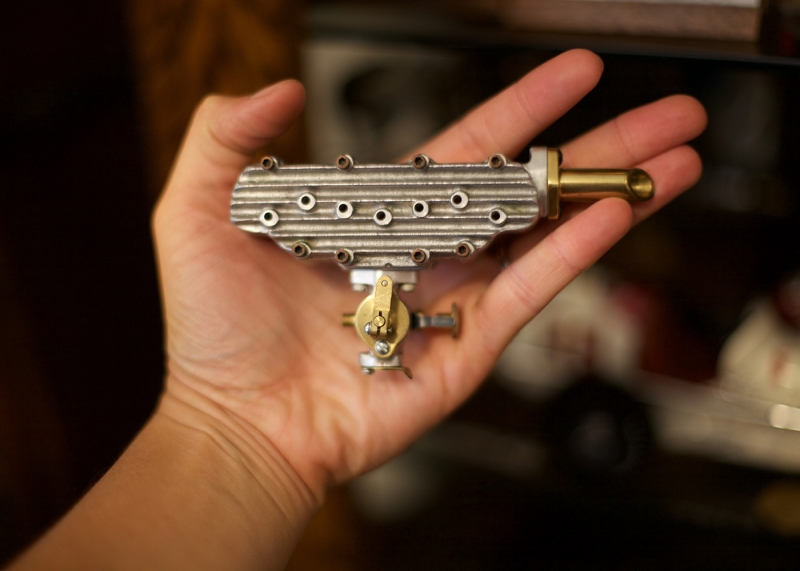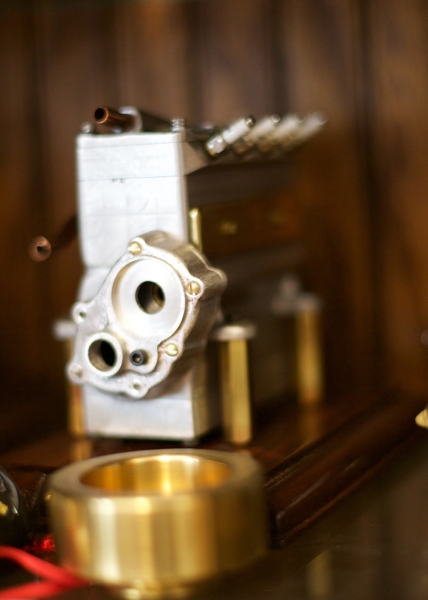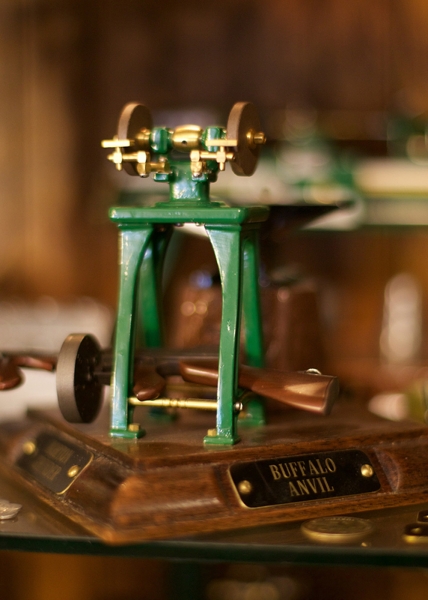More Issues
- August 2023
- September 2021
- August 2021
- July 2021
- June 2021
- May 2021
- April 2021
- March 2021
- February 2021
- January 2021
- December 2020
- November 2020
- October 2020
- September 2020
- August 2020
- July 2020
- May 2020
- April 2020
- March 2020
- February 2020
- January 2020
- December 2019
- November 2019
- October 2019
- September 2019
- August 2019
- July 2019
- June 2019
- May 2019
- April 2019
- March 2019
- February 2019
- January 2019
- December 2018
- November 2018
- October 2018
- September 2018
- August 2018
- July 2018
- June 2018
- May 2018
- April 2018
- March 2018
- February 2018
- January 2018
A Model Life
Web ExclusiveBy Kelli Bones
Marvin Bunch is a quiet man with kind eyes and an assured way of speaking. He’s a Black Hills treasure, a South Dakota native, and a story worth telling. He attended Lead High School, and entered his freshman year at Black Hills State University in 1966. After the completion of his bachelor degree, he completed a machinist apprenticeship, which required him to record 10,000 hours of precision fabrication work. Upon its fulfillment, he chose to continue his education and moved to Vermillion to earn his Master’s Degree in Mechanical Engineering at the University of South Dakota. While in Vermillion, he worked in the evenings, often racking up 48-hour work weeks to support his family.
“Those years were a test of endurance,” he says with a soft laugh.
Following his graduation from the University of South Dakota, he moved to Granite Falls, Minnesota, to teach, primarily in the subject of math. He enjoyed his time in Minnesota, but when the opportunity to move back to the Black Hills arose, he couldn’t turn it down.
“I had ‘pine needle fever,’” he says. “There’s no cure for it, so when a job opportunity opened up, we came home to the Hills.”
He taught math at Black Hills State University, and had over thirty years of teaching under his belt when he retired.
His extensive machining and engineering education served him well during his career, opening doors he never thought possible. One of those doors was a job at the Atomic Energy Commission in Denver, Colorado. During his time there, he helped build nuclear bombs for submarines. These bombs contained plutonium, a highly reactive metal that required wearing lead-lined leather gloves in order to handle it. The men on the assembly team were constantly tested for abnormal radiation levels, and whenever Marvin tested too high, management simply rotated him off the assembly line and into other jobs until his tests returned to normal.
Marvin has held a variety of jobs throughout his career, but one area of his life always remained consistent, his love for anything with an engine. His precise and curious mind always wondered how something worked, what it did, and what it didn’t do. As a young boy, he took things apart and put them back together, simply for the joy of understanding them inside and out.
Popular Mechanics was very popular when Marvin was growing up, and he got into the habit of ordering models from their catalog and putting them together at his house. He built cars, trucks, airplanes, and all sorts of vehicles from the catalog. He believes this greatly influenced his decision to build model engines.
“I would do anything I could to be around cars and engines. I even raced a car that I built. But when I figured out that a set of race tires cost me $500, I found another way to scratch the engine itch,” he says.
The answer came in the form of miniature model engines. You probably haven’t heard much about this tight knit society of precision thinkers. However, there are many associations built around miniature models, everything from cars, trucks, planes, and more. Marvin’s specialty is model engines. Beware of focusing too much on the word “model”. These are hand-made, fully functioning miniatures of the real thing. Over the years (fifty to be approximate), Marvin has built a variety of engines including ones powered by steam, gas, diesel and propane.
“I work on model engines because my equipment isn’t large enough to build full-size ones,” he laughs.
Marvin spent years researching and buying the best equipment he could. His lathe came from England and was in sorry shape when he bought it. A full restoration later, it sits in his workshop, fully functioning and painted a gleaming blue. His workshop is tidy and organized, as you would expect from an engineer who can measure the size difference between a blonde hair and a black one.
When Marvin begins the process of building a model engine, he starts with either the smallest or the most complicated piece. Occasionally he works off a diagram or schematic. Most of the time he measures the life-size version of his project and then does the math to figure the miniature dimensions.
“I always try to find unusual or weird engines to recreate,” says Marvin. “I replicate things that interest me, like the Offenhauser engine, which was used in many 1920’s race cars.”
Marvin describes his lifelong hobby as a “stress reliever” and something that connected him to the history of days gone by. His extensive collection of model engines and machining tools is beautifully displayed in his office. Though diminishing eye sight has slowed his production for the last few years, an unmistakable gleam lights his expression whenever someone brings up the topic of engines.
